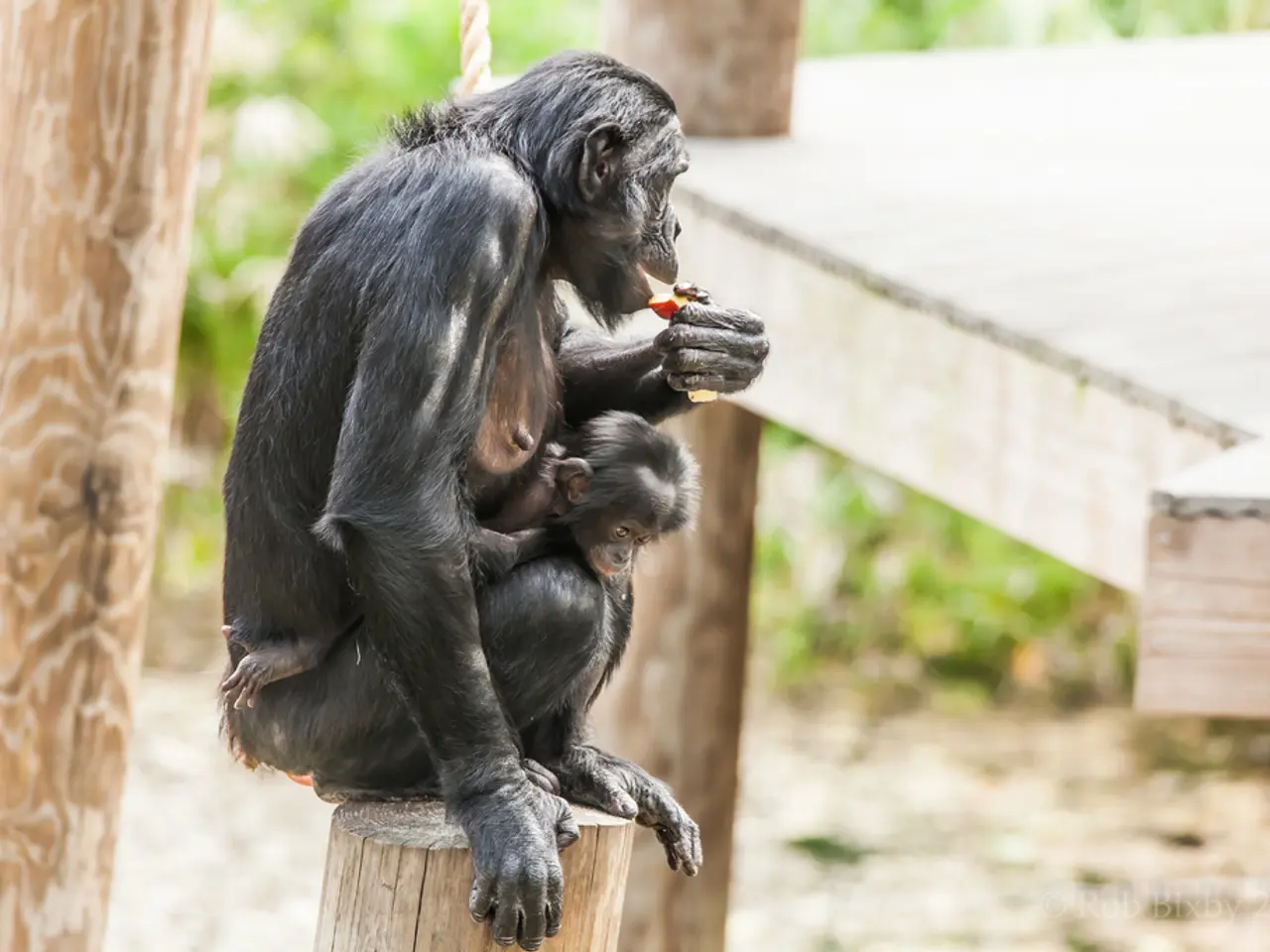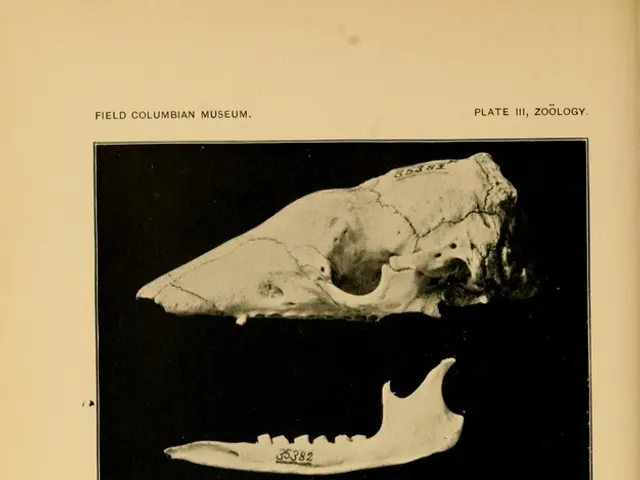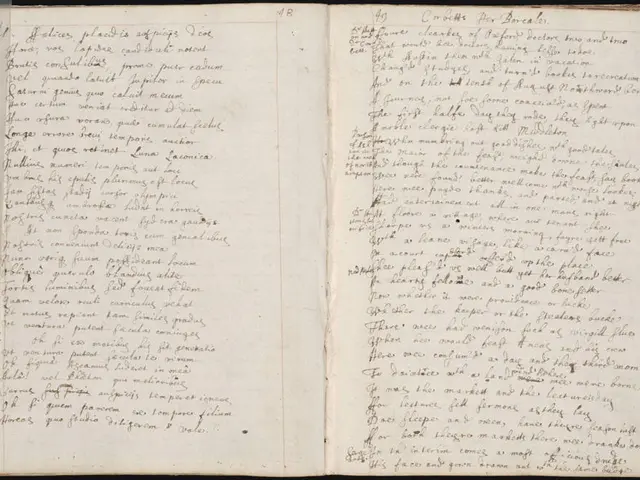Ancient human lineage unearthed and recognized
Discovered: A Forgotten Stone Age Population in Colombia
A groundbreaking study has revealed the existence of a previously unknown Stone Age human population in the Altiplano region of Colombia, dating back 6,000 years [1]. This population, which consisted of nomadic hunters and gatherers, has left no known descendants and significantly differs from other known ancient and modern populations in the Americas.
The study, titled "Ancient human genomes from Colombia: Stone Age DNA and the discovery of a forgotten population in the Altiplano," sequenced the complete genomes of 21 ancient individuals found in the Bogotá Altiplano region. The findings challenge prior assumptions about the peopling of South America, particularly Colombia’s role as a potential entry point or genetic crossroads for early human migrations into the continent [1].
The genomes indicate the existence of a previously unrecognized population that significantly differs from North, Central, and South American indigenous peoples. Remains from Venezuela also show some kinship with the Altiplano inhabitants, albeit weaker. The line of this group disappeared around 4000 years ago without a trace, suggesting a complete population replacement in the area around Bogotá [1].
The study is the first to publish ancient human genomes from Colombia. By the time of European arrival, Chibchan languages were widely spread in the Altiplano. However, the genetic profiles of later Altiplano inhabitants resemble pre-Columbian groups from Panama more than today's indigenous Colombians [1].
The researchers sequenced genomes from 21 skeletons from five archaeological sites in the Altiplano, covering a period of 5500 years. Around 2000 years ago, genetic traces of Chibchan speakers first appeared in the Altiplano [1].
The exact time South America was first settled is unclear, but traces in Monte Verde II (Chile) suggest an arrival around 14,550 years ago. The first people of America are believed to have reached North America over 23,000 years ago via the Bering Land Bridge from Asia [1].
This research notably enriches the field of paleogenomics by successfully retrieving high-quality ancient DNA from tropical lowland contexts, which historically have been challenging for DNA preservation [2]. The study surprises with findings on skin color in Stone Age DNA [1].
Future genetic analyses in the Altiplano and neighboring regions should help reconstruct these migration movements more precisely. The cultural upheavals at the beginning of the Herrera period could have been triggered by migrant groups from Central America who immigrated to the region between 6000 and 2000 years ago [1].
In summary, this study presents compelling evidence of a forgotten Stone Age human population in the Altiplano of Colombia, distinct from other known indigenous groups, significantly advancing knowledge about ancient human settlement and genetic diversity in South America [1]. To date, no living population today shares the heritage of the vanished people found in the Colombian highlands.
- The study in environmental science focuses on the discovery of a Stone Age population in the Altiplano region of Colombia, providing new insights into lifestyle and general news about early human migrations.
- The advancements in medical-conditions have allowed researchers to sequence the complete genomes of ancient individuals, leading to the discovery of a forgotten population in the field of education and self-development.
- The impact of this research extends to technology, as it enriches the field of paleogenomics by successfully retrieving high-quality ancient DNA from challenging contexts.
- In the realm of sports, this finding challenges prior assumptions about the peopling of South America, particularly Colombia’s role as a potential entry point or genetic crossroads for early human migrations.
- The study reveals a previously unknown Stone Age human population that significantly differs from North, Central, and South American indigenous peoples, impacting the broader field of space and astronomy, as our understanding of human history and settlement of South America continues to expand.




